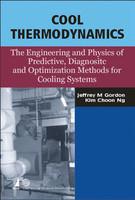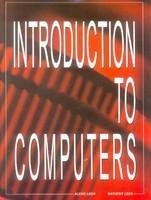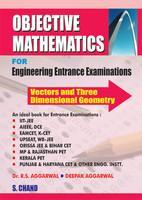

Download App

Cool Thermodynamics: The engineering and physics of predictive, diagnostic and optimization methods for cooling systems
-
ISBN
:
9788130909516
-
Publisher
:
Cambridge International Science Publishing
-
Subject
:
Others
-
Binding
:
Hardcover
-
Pages
:
276
-
Year
:
2008
₹
895.0

₹
895.0
Buy Now
Shipping charges are applicable for books below Rs. 101.0
View DetailsEstimated Shipping Time : 5-7 Business Days
View Details-
Description
This book is geared toward those interested in the engineering and physics of air-conditioning and refrigeration devices (chillers). Analytic thermodynamic models are developed for a wide variety of cooling systems and a broad range of operating conditions. These models are easily implemented in the field or laboratory. Although we focus upon mechanical (electrically-driven) chillers - primarily reciprocating and centrifugal machines - there is also substantial material on heat-driven absorption chillers. Heat pumps and heat transformers are also addressed. A few less common chiller types are also treated, such as thermoelectric, thermoacoustic and vortex-tube units. We have tried to present the material in a manner that can appeal to both the engineer and the physicist, and can form a bridge between the two communities in their analysis and presentation of cooling systems. In each chapter, we try to capture the basic physics of the problem, and to emerge with quantitatively accurate predictive and diagnostic tools. We aim for simple thermodynamic models where the functional dependencesof chiller performance on the major operating variables are transparent. And all the models presented are required to stand the test of comparison against experimental performance data. The reader is shown how chillers can be viewed as input-output devices, viewed from the outside and probed with only externally-measurable parameters such as power input, cooling rate and coolant temperatures. We also provide the type of information needed by chiller manufacturers and developers in designing and assembling new designs. How will a given modification in a chiller component affect efficiency and cooling rate? What is the combination of operating conditions of the individual components that maximizes chiller efficiency at a required cooling rate? At the same time, we examine to what degree the empirical evolution of chiller design and construction has reached thermodynamically optimal performance. Many of the chapters can serve as an industry-oriented course tailored to cooling engineers. Both engineering-oriented and physics-oriented topics are covered in most of the chapters. The book can constitute part of a university course on cooling systems. Sections of the book can be included in introductory and advanced thermodynamics courses. More than a dozen tutorial examples are included. Table of Contents What the book has to offer and the intended audiences: Modelling, diagnosing and optimising cooling devices Thermodynamic and operational fundamentals Mechanical chillers Absorption chillers Thermoacoustic chillers Thermoelectric chiller Standards, measurements and experimental test facilities for chillers and heat pumps The basics of standards Entropy production, process average temperature and chiller performance: Translating irreversibilities into measurable values The fundamental chiller model in terms of readily-measurable variables Experimental validation of the fundamental model and optimization case studies for reciprocating chillers Finite-time thermodynamic optimization of real chillers Coolant flow rate as a control variable Optimization of absorption systems Quasi-empirical thermodynamic model for chillers The inadequacy of endoreversible models Heat exchanger internal dissipation in chiller analysis and the essential role of accurate process average temperatures Temperature-entropy diagrams for representing real irreversible chillers Caveats and challenges.












 895.0
895.0






 5135.0
5135.0






